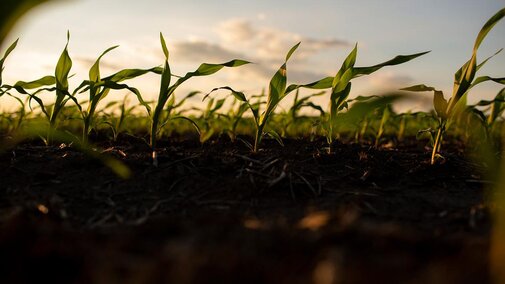Every year the mantra “marketing is important” will be repeated from different points of view. Marketing services claim that pre-harvest marketing (hereafter referred to as hedging) can help farmers increase their bottom line, bank loan officers often imply that hedging can reduce price uncertainty, and agricultural economists join in by suggesting that hedging is a best management practice.
Producers, through either personal hedging experience or experience from other producers, smell the roses and feel the thorns. Horror stories about farmers losing money from hedging, or worse, losing their farm because “they played the futures market” circulate through rural communities. Farmers are inundated with so much contradictory hedging advice, that the concept morphs into a confusing mystery. Producers often respond by doing nothing, not because they think hedging is not important, but because they do not want to be wrong.
In this article, Cornhusker Economics experts connect what the industry says and what producers say to improve the disconnect and the decision-making environment associated with hedging.

